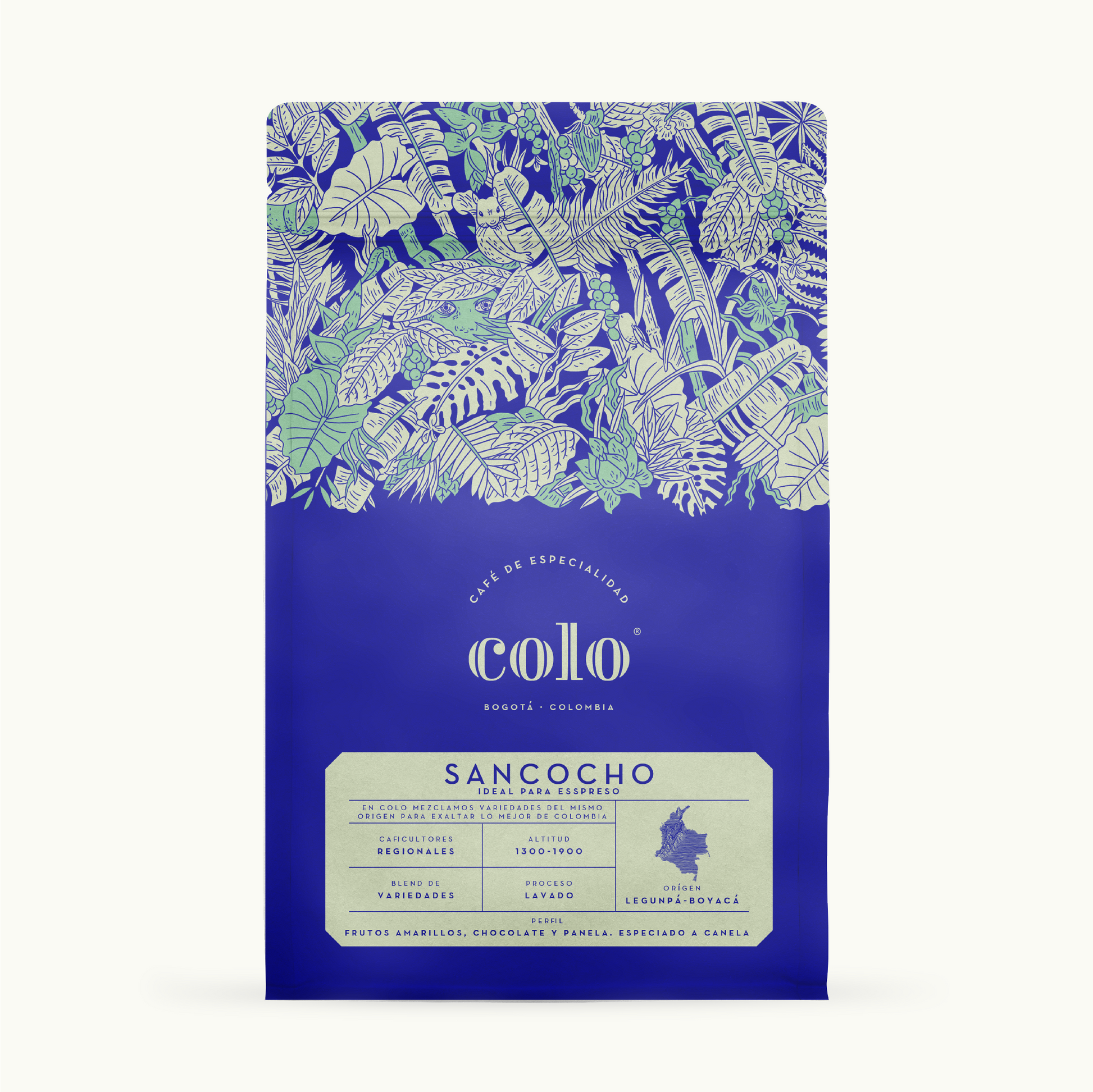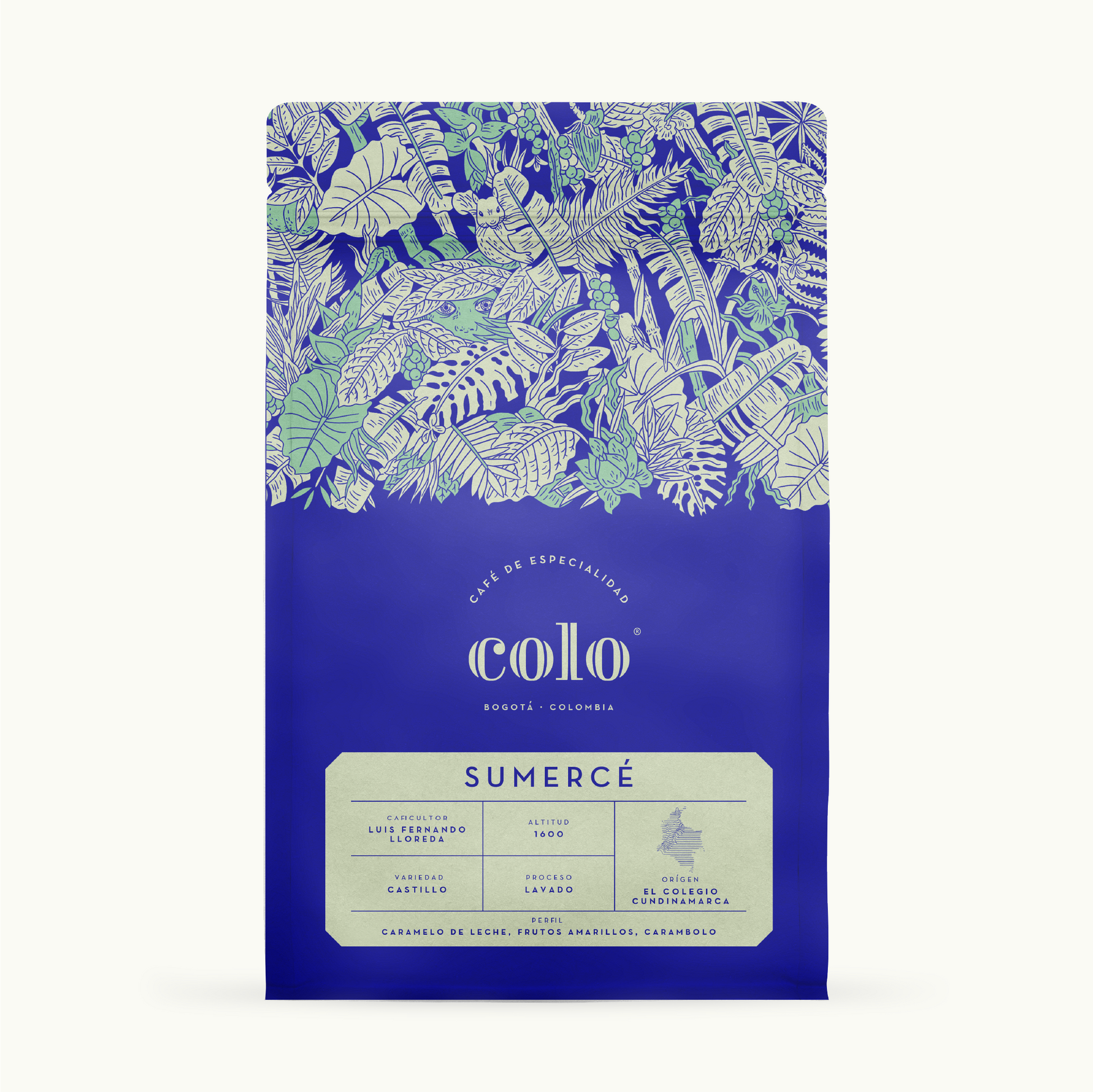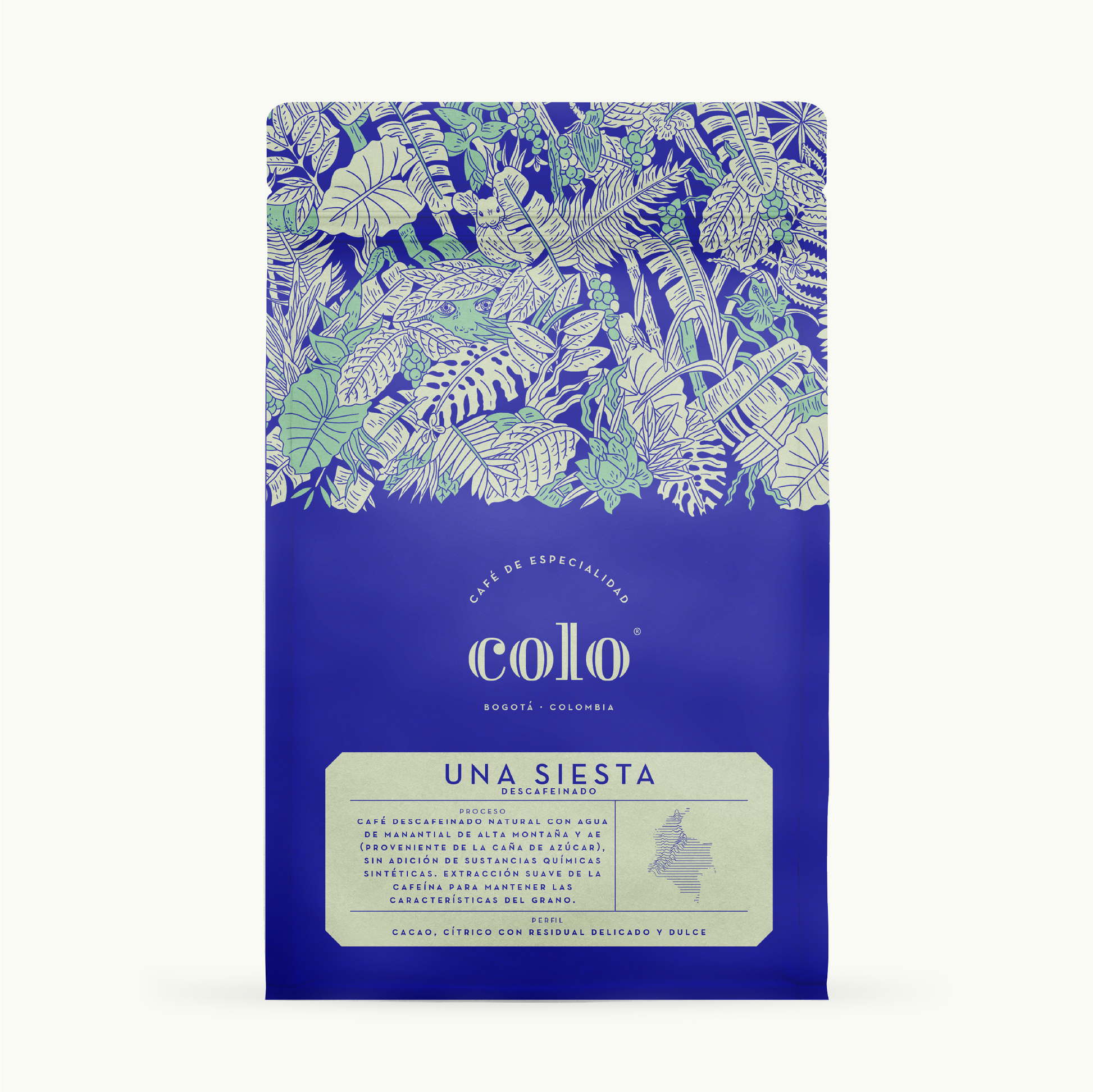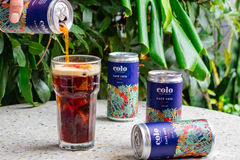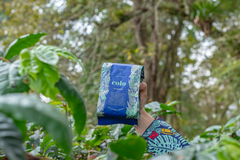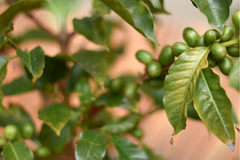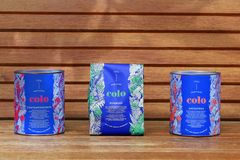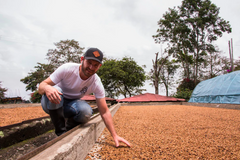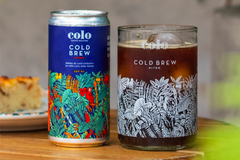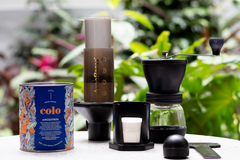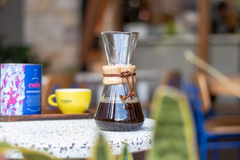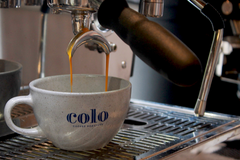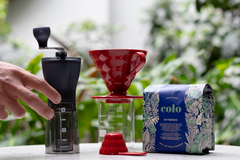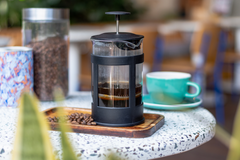
We want to tell you what we know about specialty coffee.
Specialty coffee goes far beyond a type of coffee, a coffee grower, a roaster, or a barista. In reality, it is a whole supply chain that must prioritize quality above all else.
If one of the links in the chain does not work, the chain breaks, and all the work done can be lost.
There are 3 very important factors to consider in achieving a specialty coffee: Preservation, transformation, and revelation of quality.
For example, a roaster must preserve the quality of the green coffee they receive (both the coffee variety and the work of the coffee grower) and convert it into the best version of roasted coffee. The same applies to the barista, who must preserve the quality of the roasted coffee and convert it into the best possible cup of coffee, not only in preparation but also in the customer's experience.
Additionally, to truly achieve a specialty coffee, we must not only focus on having a good process or preparation of a cup, but the people around the coffee must strive to be sustainable. We must consider the dignity, value, and well-being of everyone involved in the process and the land where we grow the coffee, to truly call ourselves specialty coffee.
For example, a roaster must preserve the quality of the green coffee they receive (both the coffee variety and the work of the coffee grower) and convert it into the best version of roasted coffee. The same applies to the barista, who must preserve the quality of the roasted coffee and convert it into the best possible cup of coffee, not only in preparation but also in the customer's experience.
Additionally, to truly achieve a specialty coffee, we must not only focus on having a good process or preparation of a cup, but the people around the coffee must strive to be sustainable. We must consider the dignity, value, and well-being of everyone involved in the process and the land where we grow the coffee, to truly call ourselves specialty coffee.


Likewise, the definition of specialty coffee has changed significantly over time. Initially, it was believed that specialty coffee was simply a special geographical microclimate that produced beans with unique profiles. As you can see, this definition does not take into account the supply chain, which is very important. Many people are involved in the process of specialty coffee that we need to consider.


The process from planting to enjoying a cup of coffee can be summarized as follows:
1. Analyzing the soil and climate where a seed is planted. To have great coffee, we need to plant the variety in the right soil and climate for its growth.
2. Coffee harvesting must be done when the cherry is ripe and should be performed by skilled hands, given that the land and climate are suitable for the coffee we are processing.
3. The processing method can vary depending on what the coffee grower wants as the final result. It will also depend on the type of equipment and knowledge the coffee grower has. This is accompanied by drying and milling. The latter is generally done outside the farm, involving more people in the process.
4. The selection and packaging of green coffee can be manual or automatic. This will greatly influence the preservation of green coffee, its shelf life, and transportation to where roasting occurs.
5. The roaster and their roaster are responsible for revealing the best possible quality of the green coffee they receive, turning it into the best possible version of roasted coffee.
6. Finally, beyond a process or method, we arrive at the cup experience that the coffee can offer. This is handled by the barista or even oneself during preparation. To achieve this, we must honor everyone involved in the supply chain and strive to prepare the best possible cup of coffee.
1. Analyzing the soil and climate where a seed is planted. To have great coffee, we need to plant the variety in the right soil and climate for its growth.
2. Coffee harvesting must be done when the cherry is ripe and should be performed by skilled hands, given that the land and climate are suitable for the coffee we are processing.
3. The processing method can vary depending on what the coffee grower wants as the final result. It will also depend on the type of equipment and knowledge the coffee grower has. This is accompanied by drying and milling. The latter is generally done outside the farm, involving more people in the process.
4. The selection and packaging of green coffee can be manual or automatic. This will greatly influence the preservation of green coffee, its shelf life, and transportation to where roasting occurs.
5. The roaster and their roaster are responsible for revealing the best possible quality of the green coffee they receive, turning it into the best possible version of roasted coffee.
6. Finally, beyond a process or method, we arrive at the cup experience that the coffee can offer. This is handled by the barista or even oneself during preparation. To achieve this, we must honor everyone involved in the supply chain and strive to prepare the best possible cup of coffee.
This shows us all the work and all the people who work every day so that we can enjoy Colombia's diversity in every cup of coffee.

